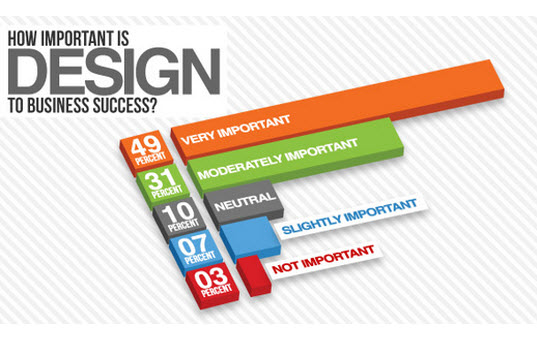The Change Of Online Operatings Systems: A Journey With Time
The Change Of Online Operatings Systems: A Journey With Time
Blog Article
Created By-Abel Vinson
In the past, websites were straightforward and concentrated on information. Navigation was straight, and layout was for desktop computers. Now, customer experience is crucial. Data overviews designs for very easy navigating. Receptive layouts fit various tools. Today, dark mode decreases pressure, and minimal food selections enhance navigation. Interactive features involve users, and bold visuals stand out. AI integration improves involvement. See just how design has advanced to improve your online journey.
Early Days of Web Design
In the early days of website design, simplicity preponderated. Internet sites were standard, with minimal shades, font styles, and layouts. The emphasis got on providing info instead of showy visuals. Users accessed the net with slow-moving dial-up connections, so speed and capability were vital.
Navigation menus were straightforward, commonly situated on top or side of the web page. Internet sites were designed for home computer, as mobile surfing wasn't yet widespread. https://shopifyseoservices95173.blogofchange.com/30392979/aiming-to-boost-your-brand-s-exposure-on-the-net-uncover-the-key-to-attaining-success-in-digital-advertising-and-marketing-with-expert-solutions-that-can-revolutionize-your-business was king, and designers focused on easy readability over complex style aspects.
HTML was the key coding language used, and designers had to work within its restrictions. Animations and interactive attributes were minimal contrasted to today's standards. Websites were fixed, with little dynamic content or individualized individual experiences.
Rise of User-Focused Style
With the development of web site design, a change in the direction of user-focused layout concepts has actually come to be increasingly famous. Today, developing internet sites that focus on customer experience is crucial for involving visitors and accomplishing company objectives. User-focused style entails recognizing the requirements, choices, and habits of your target audience to customize the web site's layout, content, and includes as necessary.
Developers now conduct thorough research study, such as user surveys and usability screening, to collect understandings and feedback straight from individuals. This data-driven method assists in developing intuitive navigating, clear calls-to-action, and aesthetically enticing interfaces that reverberate with site visitors. By placing the user at the center of the design procedure, web sites can deliver a more individualized and enjoyable experience.
Responsive layout has likewise become a crucial facet of user-focused design, guaranteeing that sites are enhanced for numerous tools and screen sizes. Read More At this website enhances access and use, catering to the diverse methods users communicate with internet sites today. In essence, the increase of user-focused style represents a change in the direction of developing electronic experiences that prioritize the demands and assumptions of the end user.
Modern Trends in Website Design
Check out the latest patterns forming web design today. One famous pattern is dark setting style, using a sleek and contemporary look while decreasing eye strain in low-light atmospheres. One more key pattern is minimalist navigating, streamlining food selections and improving customer experience by focusing on essential elements. Including micro-interactions, such as animated buttons or scrolling effects, can produce an extra interesting and interactive website. Receptive style stays essential, ensuring seamless individual experiences throughout different tools. In addition, utilizing strong typography and unbalanced layouts can add visual interest and accentuate details content.
Integrating AI technology, like chatbots for consumer assistance or personalized recommendations, boosts customer engagement and enhances procedures. Availability has likewise come to be a significant trend, with developers prioritizing inclusive style techniques to cater to diverse individual demands. Welcoming sustainability by enhancing internet site performance for speed and efficiency is one more emerging fad in web design. Teaming up with user feedback and information analytics to iterate and enhance design constantly is necessary for staying relevant in the ever-evolving digital landscape. By accepting these contemporary trends, you can develop a visually enticing, user-friendly website that resonates with your audience.
Conclusion
As you reflect on the development of website style from the very early days to currently, you can see exactly how user-focused style has ended up being the driving pressure behind modern-day trends.
Accept the journey of change and adjustment in website design, constantly keeping the customer experience at the forefront.
Keep present with the most up to date fads and technologies, and never ever stop progressing your technique to create aesthetically spectacular and easy to use web sites.
Develop, adjust, and create - the future of web design is in your hands.
